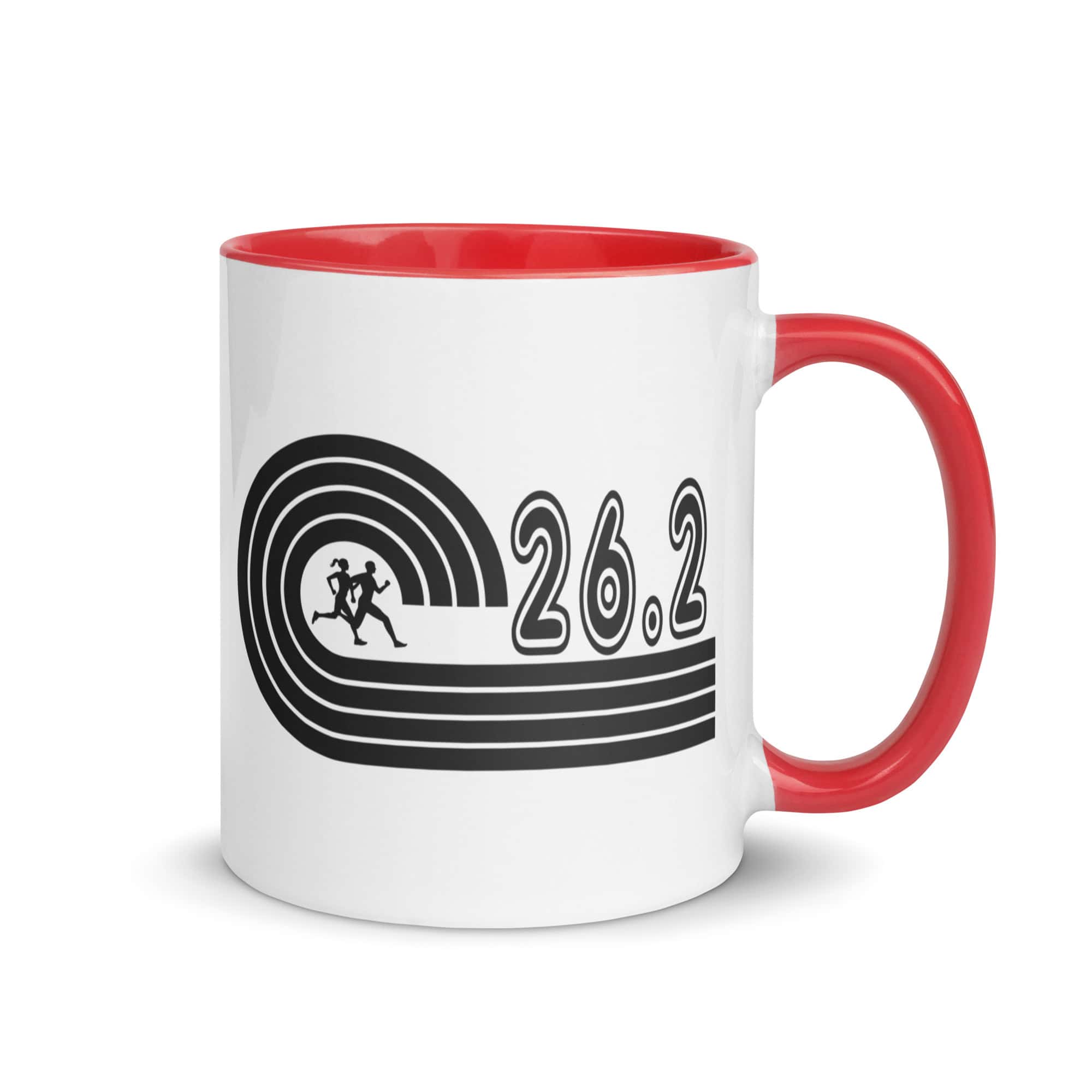Run Cadence: Why It Matters for Your Running Performance
Run cadence is one of the most overlooked aspects of running form, yet it plays a critical role in enhancing performance and reducing injury risk. Despite the wealth of information available, many runners—whether beginners or seasoned athletes—are unaware of how cadence impacts their running efficiency.
As a running coach, I’ve observed that understanding key metrics like run cadence and vertical oscillation can transform a runner’s form, even for those not focused on time or race placement. Let’s dive into why run cadence matters, how to measure it, and how to improve it for better performance.
What is Run Cadence?
Run cadence refers to the total number of steps you take per minute while running. It’s also called “steps per minute” (SPM) or “stride rate.” Simply put, it’s the number of times your feet strike the ground and is a vital metric for assessing your running form and efficiency.
Why is Run Cadence Important?
A low cadence often indicates over-striding, heel striking, or excessive vertical movement—factors that waste energy and increase the risk of injuries like shin splints or knee pain. On the other hand, an excessively high cadence can lead to shorter strides and reduced power generation.
Finding the right balance in cadence is key. The optimal cadence varies per individual, but most elite runners fall around 180 SPM, while recreational runners average between 150 and 170 SPM. Adjusting your cadence to suit your body and running style can lead to:
- Reduced Impact: Lower stress on joints and muscles.
- Improved Efficiency: Less energy wasted on unnecessary movements.
- Injury Prevention: A stride that minimizes over-striding and braking forces.
How to Measure Your Run Cadence
Measuring cadence is simple. During a run, count how many times your left foot strikes the ground in 60 seconds and multiply that by two. This gives you your total steps per minute. For example, if your left foot strikes the ground 80 times, your cadence is 160 SPM.
Your cadence may fluctuate based on pace and fatigue levels, so take several measurements across different runs to find your average cadence.
What is the goal of Run Cadence?
Now that you know your average steps per minute, what number should you be running with? Is your number too high or too low?
In long-distance running, the target number is 180 steps per minute. Research has shown that most amateur to elite runners will achieve this goal number with little effort. These ‘running form specialists’ may even be able to optimally maintain up to 200 steps per minute. While many recreational runners tend to fall in the range of 150 to 170 steps per minute.
To know if your number is too high or too low for you requires asking questions and reviewing other components of the running form. You can also simply ask yourself two questions; What issues am I having with my running performance? and, What aches or injuries do I consistently have to deal with in my running? As mentioned, run cadence can indicate over-striding, heel braking, bouncing, and more in your form.
How to Improve Your Run Cadence
Improving cadence takes practice and gradual adjustments. Here’s how to get started:
Set a Baseline: Determine your current cadence and aim to increase it by no more than 5–10% per week to avoid injury.
Focus on Form: Shorten your stride and aim to land your feet closer to beneath your pelvis.
Use a Metronome: Apps or wearable devices can help you maintain a steady rhythm.
Practice Drills:
- Run in Place: Focus on light, quick steps.
- High Knees: Drive your knees up quickly to improve turnover.
- Puddle Running: Visualize taking quick, light steps to avoid splashing through water.
Run Cadence and Your Training Goals
Understanding and improving your cadence can unlock better performance and help you run injury-free, whether training for a 5K or an ultramarathon; incorporating cadence-focused drills and regular analysis into your training routine will pay dividends over time. We focus on these drills during our monthly running classes in Modesto, CA.
Your Training Journey Starts Here
At Sunrise Running Company, we offer personalized training plans to suit every runner’s goals. Delivered via Final Surge, our plans sync across devices, provide workout reminders and analyze performance data to help you stay on track. From 5K training to ultramarathons, we’ve got you covered. Explore our plans here and take the first step toward your running goals today!














